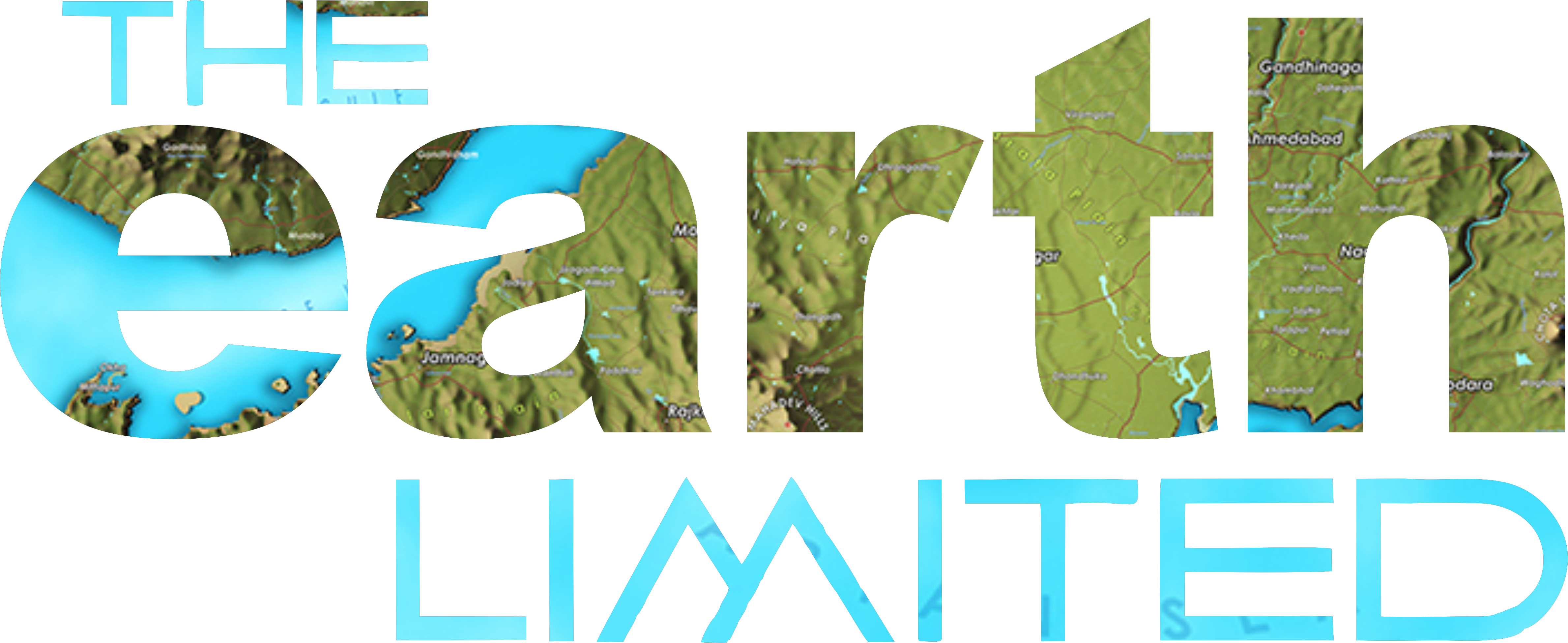Welcome to The Earth Limited
A Finite Planet
We are a team of writers and journalists who are deeply interested in encouraging sustainable living on the planet. We welcome our readers and viewers on this journey of discovery that will enrich our lives and inspire us to make the change. We do not bring any story or suggestion to you without having practised and deeply connected with it. So, come along with us.
A pale blue dot in an ocean of darkness – that was how Planet Earth looked from 6.4 billion kms away, when spacecraft Voyager 1 captured the image just before leaving the solar system. This ‘dot’ is home to 8 billion humans and million other species.

It is a home that gives us abundant water, food and air. But human, the most intelligent among its 8 million odd species, has started over-consuming and polluting the planet. We are on the threshold of irreversible changes that could make life difficult for all living beings.

We, at TEL, hope to bring case studies of people and organisations that have made the switch to a sustainable life. These are people and organisations who have learnt to get more out of less, and ask themselves at each step how their actions may adversely affect co-travellers on the planet. We aim to spread the message and the solutions required for each and every one of us to make sustainable choices in our lives. Together, we can protect this beautiful and limited planet, and preserve it for future generations. In Carl Sagan’s words, let’s ‘preserve and cherish the pale blue dot, the only home we’ve ever known.’
Earth spans a diameter of 12,756 kms and a circumference of 40,070 km as measured by orbiting spacecraft. Our planet, the third rock from the Sun, is the densest planet in our solar system and has a surface area of 510 million square kms. Around 71 percent of the area is water. It rotates at a speed of 1670 km per hour around its axis and moves around the sun at an average 30 kms per second (107,000 kms per hour) logging a total distance of 2.6 million kms a day.
Loaded with water and oxygen, metals and minerals, this is a treasure trove in the solar system. Protected by an atmosphere and a magnetic field, and situated at the right distance from the Sun, Earth has been a nursery to millions of species, with an estimated 8.7 million existing plants and animals. The Homo sapiens or the modern human is just one among those. We appeared on Earth just 300,000 years ago. That means we have been around for just 0.002 per cent of the time since the 13.8 billion years of existence of the universe.
We are now in what is popularly being called the ‘Anthropocene era’ when human beings have begun to leave their mark on the 4.5 billion years old planet. Geologically termed Holocene and part of 12,000 years of stable climate following the ice age, humans in the last 70 years since the Industrial Revolution have begun burning fossil fuels and dumping carbon dioxide and other greenhouse gases in the atmosphere. This has led to global warming and in turn melting of glaciers and rise in sea levels, causing the extinction of many species, deforesting land, impacting the rivers and oceans, mining the land, and so on.
We are tampering with the very systems that provided us water, food, and clean air to breathe.
Nations have got together to address the global issues arising from climate change and the unscientific, unsustainable harvesting of natural resources. The UN World Commission on Environment and Development defined sustainable development as “development that meets the needs of the present without compromising the ability of future generations to meet their own needs.” It recognised that natural resources are finite and need to be used wisely and equitably.
This definition has been further widened to include social well-being and economic growth in addition to environmental protection. We need to create and maintain the harmony between human societies and rest of the environment. This is not just about planting trees or avoiding plastic pollution. Nor is it restricted to conserving water and energy. It is all this and much more.
It calls for a change from the business-as-usual scenario, a change in the ways we manufacture and consume things, in the ways we alter our landscape and impact the biosphere and its other inhabitants, in how we use the limited natural resources and alter our ecosphere.
It requires an understanding that all life on the planet is interconnected and necessitates conscious decisions by individuals and institutions. In the chain of life, every loss affects the whole. A small thing like the flapping of a butterfly’s wings can possibly lead to a storm in a distant place, according to the chaos theory. That is how complex and intricately linked life on earth is. Every smallest action of an individual can have a large impact on this complex organism Gaia that comprises the planet and all organic and inorganic life on it.
How then can we behave unconsciously?
